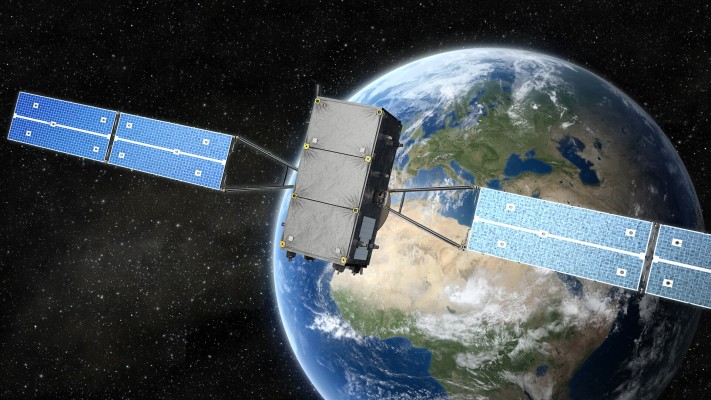The new ground-breaking service of the EU’s positioning system is now available as announced by European Commissioner for Internal Market, Thierry Breton, during the annual European Space Conference in Brussels, Belgium.
The entry into service of the Galileo High Accuracy Service (HAS) brings the European Union satellite system to an unprecedented level offering user a sub-meter accuracy over most parts of the globe.
Emerging technologies such as UAVs and autonomous vehicles require stringent levels of accuracy for better navigation experience, safety, and efficient traffic management. Furthermore, an increased accuracy positioning will feed innovative applications in transportation, agriculture, geodesy, entertainment and many other existing sectors. Cognisant of these market trends, and to strengthen the Union’s digital economy, the EU agency for the Space Programme, together with the European Commission (DG DEFIS and the JRC) and the European Space Agency developed and tested Galileo High Accuracy Service. Galileo HAS will become a pillar for applications needing precise and dependable position information. This includes EU sectorial policies and also national policies by EU Member States.
“This new service has been made possible thanks to the outstanding cooperation and team commitment of all involved partners.“
declared EUSPA Executive Director, Rodrigo da Costa
The Galileo High Accuracy Service (HAS) is a new, enhanced service of the EU’s Global Satellite Navigation System offering a typical accuracy below a few decimetres (<25cm horizontal) in nominal conditions of use. The service is transmitted directly via the Galileo signal in space (E6-B) and through the internet.

With HAS, Galileo becomes the first constellation worldwide able to provide a highaccuracy service globally and directly through the Signal in Space.
Who can use this service?
The service is freely accessible to all users with a receiver capable of processing the HAS corrections broadcast in the E6-B signal and via internet. The precise corrections provided by the Galileo High Accuracy Service will allow users of the service to reduce the error associated with the orbit and clocks provided through the Galileo Open Service broadcast navigation messages and the GPS Standard Positioning Service navigation data.
“With the Galileo HAS we are ready to unleash the full potential of new technologies like drones and bring autonomous driving closer to reality. At EUSPA our role is to link space to user needs. With the launch of this new service, we met a clear market demand for accurate, robust, and reliable navigation.”
concludes EUSPA Executive Director, Rodrigo da Costa
All HAS related documentation and additional information about the Galileo services can be found in the European GNSS Service Centre website. Click here to read more about the Galileo HAS.

